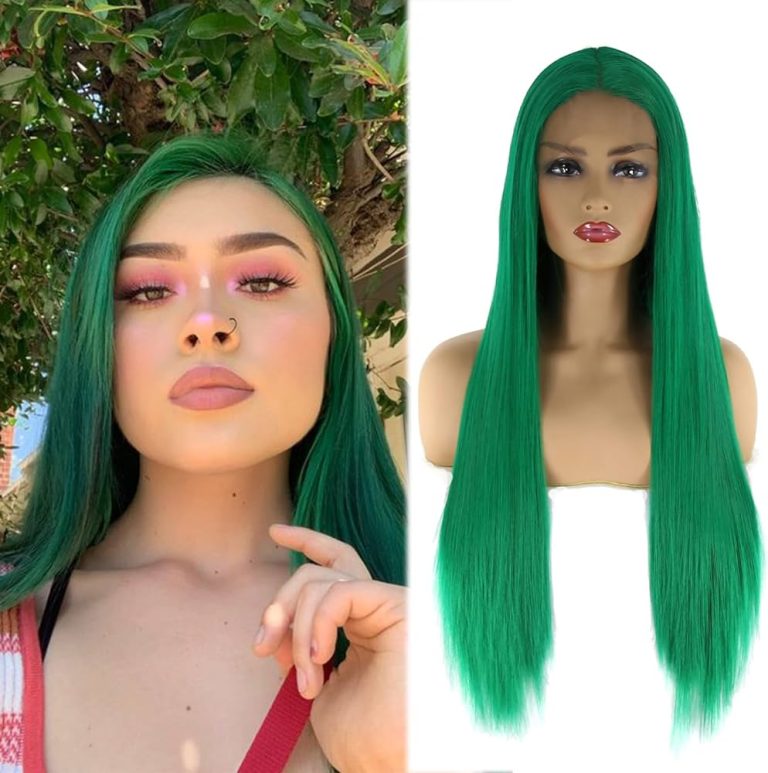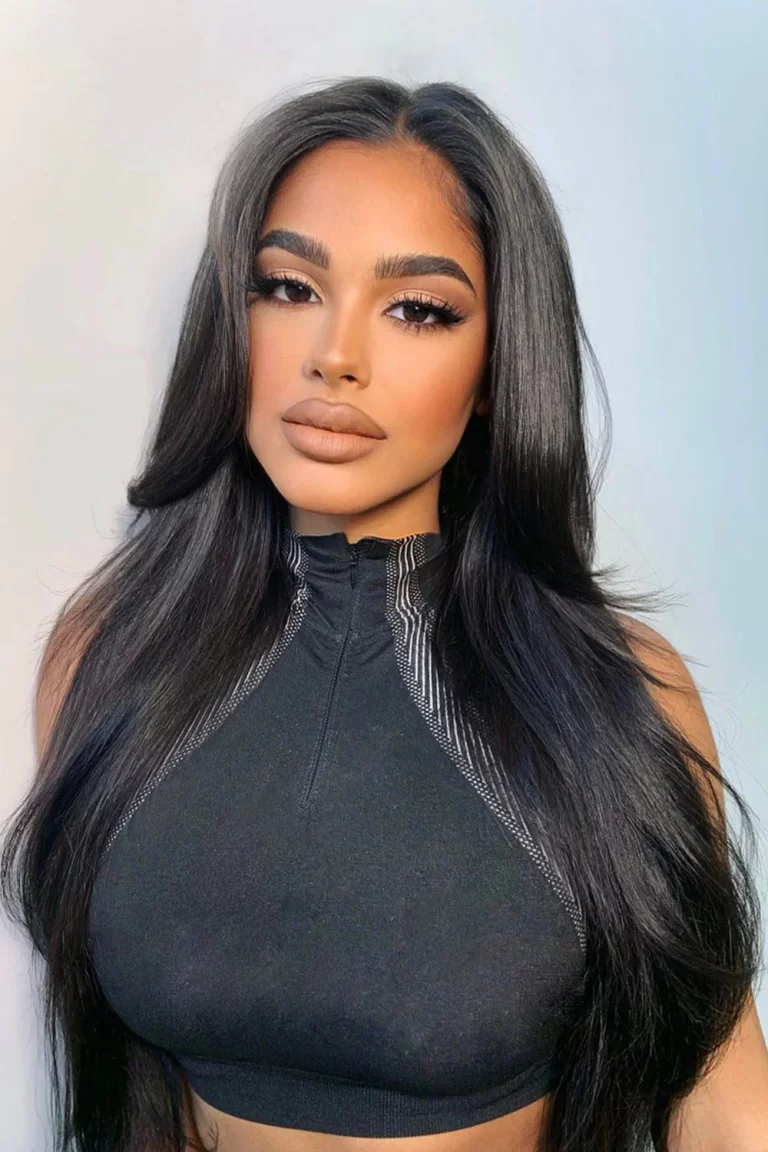
The Timeless Elegance of White Wigs
Iconic Hairpieces With Enduring Appeal
You’ve certainly noticed those striking powdery white wigs adorning historical figures and characters. These iconic hairpieces exude regal elegance and sophistication. However, white wigs are far more than just outdated fashion relics. They possess a rich cultural legacy spanning centuries. Let’s delve into the captivating world of these timeless hair coverings.
The Genesis of Wig Wearing
The earliest known wigs can be traced back over 5,000 years to ancient Egypt. Both men and women of elite status shaved their heads and wore intricate wigs crafted from human hair, wool, or vegetable fibers. These lavish headpieces protected against desert sun while signifying wealth and power.
Preserving Youth and Masculinity
By the 16th century, wigs became de rigueur among European nobility and aristocrats. Men donned larger-than-life white wigs to conceal balding and project an image of virility. For women, wigs allowed simulating youthful flowing locks and fashionable hairstyles regardless of age.
Louis XIV’s Iconic Perruque
No wearer embodied the grand white wig’s regal status more than France’s Louis XIV. The Sun King’s immense curled perruque symbolized his absolute monarchical authority and immense vanity. At one point, his wig tax subsidized the French military – demonstrating the wig’s tremendous sociopolitical importance.
Powders Create Luminous Luster
Those radiant snowy tones were produced by meticulously applying harsh white lead powder or refined starches to wigs. This tedious process lent them their signature ethereal sheen and vibrance beneath bright candlelight. Wearing heavy powdered wigs soon became a mark of affluence and gentility.
Christening Ceremonies and Courtroom Grandeur
Ornate white wigs retained ceremonial significance for solemn occasions like royal christenings, coronations, and judicial proceedings. Their stark neutral color conveyed formality and tradition in these austere settings. Modern-day barristers and judges in the UK still don ceremonial wigs for courtroom decorum.
Artistry in Wig Construction
Creating an exquisitely styled white wig required immense skill and artisanal talent. Wigmakers meticulously secured thousands of individual hair strands into intricate knotting patterns using thread and mesh cap foundations. These decorative botanical stylings became wearable avant-garde sculptures.
Preserving and Grooming Techniques
Maintaining white wigs’ pristine color and voluminous styling proved labor-intensive. Caretakers utilized extreme measures like soaking in sediment-heavy waters, baking with sulfur, and vigorously beating them to preserve luster and bounce. Elaborate wig grooming soon became a profession in itself.
Decadence and Conspicuous Consumption
As wig wearing peaked among the 17th-18th century aristocracy, their ever-increasing sizes symbolized immense wealth and conspicuous consumption. These towering confections grew increasingly heavy, ornate, and impractical – with some spanning over three feet high. Servants had to assist with wearing and removal.
Backlash and Eventual Decline
Such excessive wig culture eventually drew backlash from critics citing vanity, superficiality and celebrity obsession. Scathing satirical plays openly mocked bewigged aristocrats. Factory-produced synthetic options also made wigs vastly more affordable, diminishing their elite status symbol appeal.
White Wigs in Law and Government
While fashionable white wigs sharply declined in popularity among civilians by the 19th century, they retained symbolic importance in certain establishments like law, politics and militaries. Many lawmakers, judges and officials still incorporate ceremonial white wigs into formal regalia and events worldwide.
Traditions Preserved in Performance
In the entertainment realm, white wigs remain ubiquitous costume accessories for accurately portraying historical figures on stage and screen. Their theatrical use authentically captures distinct eras and character personalities. From Mozart operas to period dramas, they are integral to narrative realism.
Cultural Pride and Influence
Within many cultures, intricately bedecked white wigs are deeply embedded in ancestral heritage and ethnic identity. Indigenous groups don wigs for sacred rituals, festivals and ceremonies celebrating community pride. These ornate headpieces reflect generational wisdom and artistic expression.
Transformative Powers on Display
Beyond just period pieces, modern artists and fashion icons increasingly incorporate avant-garde white wigs into cutting-edge visual works and runway exhibitions. These daring pieces transform models into fantastical beings celebrating unbridled creativity and self-expression through hair artistry.
Endless Possibilities in Styling
Contemporary wig designers experiment with boundless materials and techniques transcending traditional hairstyling. Avant-garde artists sculpt dynamic creations from fibers, feathers, foils, and even recyclable elements – pushing the creative boundaries of what defines a “wig.”
Shocking High-Fashion Statements
Subversive hair sculptors wield white wigs for provocative social commentary on runways worldwide. Designers employ shocking shapes and proportions to unleash powerful statements about decadence, minimalism, identity politics, and more through headpieces designed to disrupt conformity.
A Fresh Inspirational Canvas
With their stark shade, simplicity, and blank canvas essence, white wigs grant artists tremendous creative freedom for innovative expression and multimedia exploration. Performers, photographers, sculptors and painters alike harness white wigs to redefine hair artistry through bold new visual mediums.
Bringing Personalities to Life
In theater and film, evocative white wigs transcend mere costume props. They fully immerse actors into character by altering physical presence and persona. Well-designed wigs help transport audiences into truly realizing literary figures without words required.

The Fantasy Hair Revolution
White wigs continually surge in popularity within fantasy/sci-fi fandoms, anime conventions, and gaming competitions. These gravity-defying sculptural pieces in intricate shapes and hues allow participants to fully embrace fantastical alter egos through magnificent hair personification.
Wig Styling as Empowered Self-Care
For many individuals experiencing hair loss or identity struggles, curating personalized wig looks provides empowering self-care and confidence. Wig customization becomes its own transformative artform for embracing unique personal expressions beyond societal pressures.
Blending Classic with Contemporary
While ornate white wigs forever preserve ties to aristocratic heritage and history, their modern revivals brilliantly merge timeless elegance with edgy reinvention. Wig designs weave together sumptuous old-world aesthetics and cutting-edge experimental techniques, staying forever relevant.

Eternal Icons of Sophistication
Try envisioning Marie Antoinette, George Washington, or Judge Judy without their iconic white wigs. It’s impossible! These lustrous hairpieces have become deeply woven into our collective consciousness, representing undeniable sophistication, dignity, and gravitas. Ultimately, white wigs aren’t mere accessories – they’re indelible symbols of enduring grace.
In conclusion, white wigs exemplify timeless elegance and sophistication, offering a versatile and striking option for individuals seeking to enhance their style. Whether for fashion, costume, or personal preference, white wig provide a classic and chic look that transcends trends. Embracing the allure of white wigs allows individuals to express their unique style while exuding an air of grace and poise.



